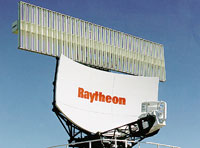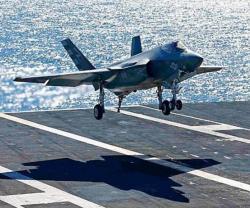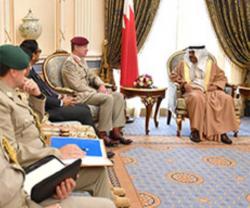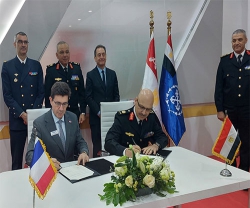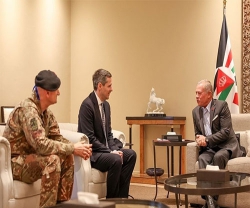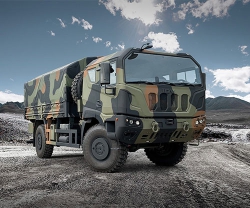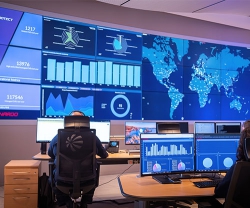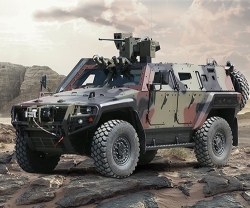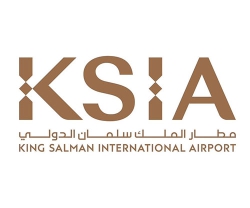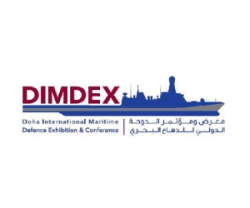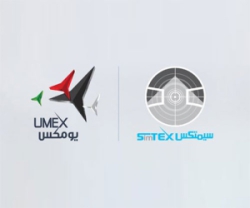Raytheon to Upgrade US Navy's ATC Radars
24.04.2012 North America
The U.S. Navy has purchased 2 more radar systems from Raytheon as part of a continuing effort to replace outdated analog air traffic control systems with digital technology.
The new radars will be installed at military bases in New River, North Carolina and Quantico, Virginia.
The Digital Airport Surveillance Radar (DASR) ASR-11 is the first fully digital, solid-state radar to be implemented in the U.S. National Airspace System (NAS). The radars have been deployed to more than 130 sites throughout the world, and will eventually be in more than 150 sites total.
The ASR-11 provides primary surveillance radar coverage up to 60 miles and secondary surveillance radar coverage up to 120 miles. It provides the air traffic controller with improved aircraft detection, lower support costs and better weather display. The primary radar is being manufactured in Waterloo, Canada, while the secondary radar will be made in the United States and United Kingdom.
“This radar technology is raising the bar even higher on safety. Our radars will help controllers maintain safety in an increasingly busy airspace,” said Mike Prout, Vice President of Security and Transportation Systems for Raytheon's Network Centric Systems business.
Analog radars are steadily being replaced as part of the NAS Modernization Program, which involves upgrading legacy air traffic control systems with modern digital technology to enable the Navy to keep pace with changing Federal Aviation Administration guidelines and standards for terminal radar approach controls.
The digital radar is also an integral part of Raytheon's recently introduced Mobile Air Traffic Control system, which provides critical air traffic services when existing infrastructure has been damaged or does not exist.
The new radars will be installed at military bases in New River, North Carolina and Quantico, Virginia.
The Digital Airport Surveillance Radar (DASR) ASR-11 is the first fully digital, solid-state radar to be implemented in the U.S. National Airspace System (NAS). The radars have been deployed to more than 130 sites throughout the world, and will eventually be in more than 150 sites total.
The ASR-11 provides primary surveillance radar coverage up to 60 miles and secondary surveillance radar coverage up to 120 miles. It provides the air traffic controller with improved aircraft detection, lower support costs and better weather display. The primary radar is being manufactured in Waterloo, Canada, while the secondary radar will be made in the United States and United Kingdom.
“This radar technology is raising the bar even higher on safety. Our radars will help controllers maintain safety in an increasingly busy airspace,” said Mike Prout, Vice President of Security and Transportation Systems for Raytheon's Network Centric Systems business.
Analog radars are steadily being replaced as part of the NAS Modernization Program, which involves upgrading legacy air traffic control systems with modern digital technology to enable the Navy to keep pace with changing Federal Aviation Administration guidelines and standards for terminal radar approach controls.
The digital radar is also an integral part of Raytheon's recently introduced Mobile Air Traffic Control system, which provides critical air traffic services when existing infrastructure has been damaged or does not exist.
Previous PostRolls-Royce Wins $598m V-22 Engine Contract
Latest news
Latest events
Doha International Maritime Defence Exhibition & Conference (DIMDEX 2026)
19 - 22 Jan 2026Doha - QatarUMEX – SimTEX
20 - 22 Jan 2026ADNEC Centre Abu Dhabi, - United Arab EmiratesWorld Defense Show (WDS) 2026
08 - 12 Feb 2026Riyadh - Saudi ArabiaSAHA EXPO International Defence & Aerospace Exhibition
05 - 09 May 2026İstanbul Expo Center - Turkey

